This post was written as the New Horizons spacecraft approached Pluto, back in July 2015.
Updated on the fifth anniversary of the New Horizons flypast, July 15 2020
Pluto
Pluto, the planet, dwarf planet, or trans-Neptunian Kuiper belt object, has had an interesting life since it first came to prominence in 1930, after its discovery by Clyde Tombaugh. It was christened Pluto, after the Roman version of the Greek god of the Underworld (Hades), as suggested by 11 year old Venetia Burney, an English schoolgirl.
The choice of name was partly inspired by the fact that the first two letters are the initials of Percival Lowell, wealthy mathematician and astronomer who had started the search for the mysterious Planet X in 1906, but died in 1916, before it had been discovered.
The symbol used for the planet Pluto was the monogram for Lowell’s initials, PL. (Perhaps he had used that monogram before, for cuff-links or handkerchieves, who knows?) You can find this symbol in a few fonts — it’s stored in the Unicode table:

at hex location U+2647, nestling between the other planets and the zodiac signs. It’s not the most attractive or interesting glyph. Here’s Menlo:
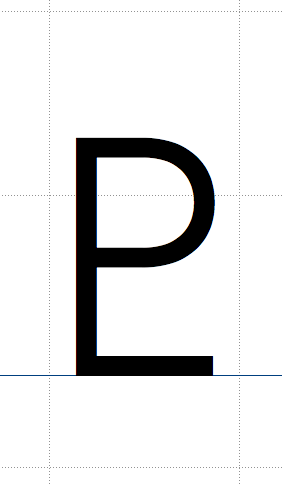
and here’s Arial:
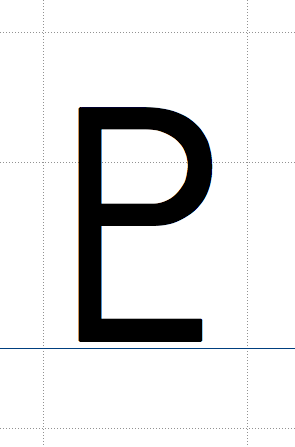
Before the days of Unicode, you would probably have to buy a ‘pi font’ to obtain the character in a font. Here it is in one of Linotype’s Pi fonts called Astrology:
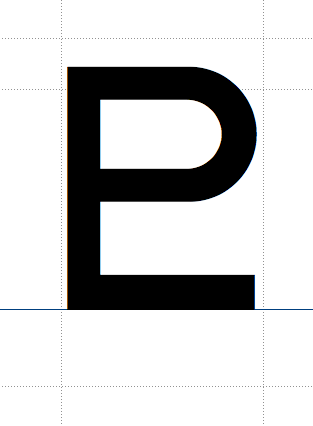
Unlike the other planets, whose astrological and astronomical symbols are the same, Pluto has another symbol, an astrological (rather than astronomical) version, which you won’t currently find in the Unicode system. It is similar to Neptune’s, but has a circle in place of the middle prong of the trident.
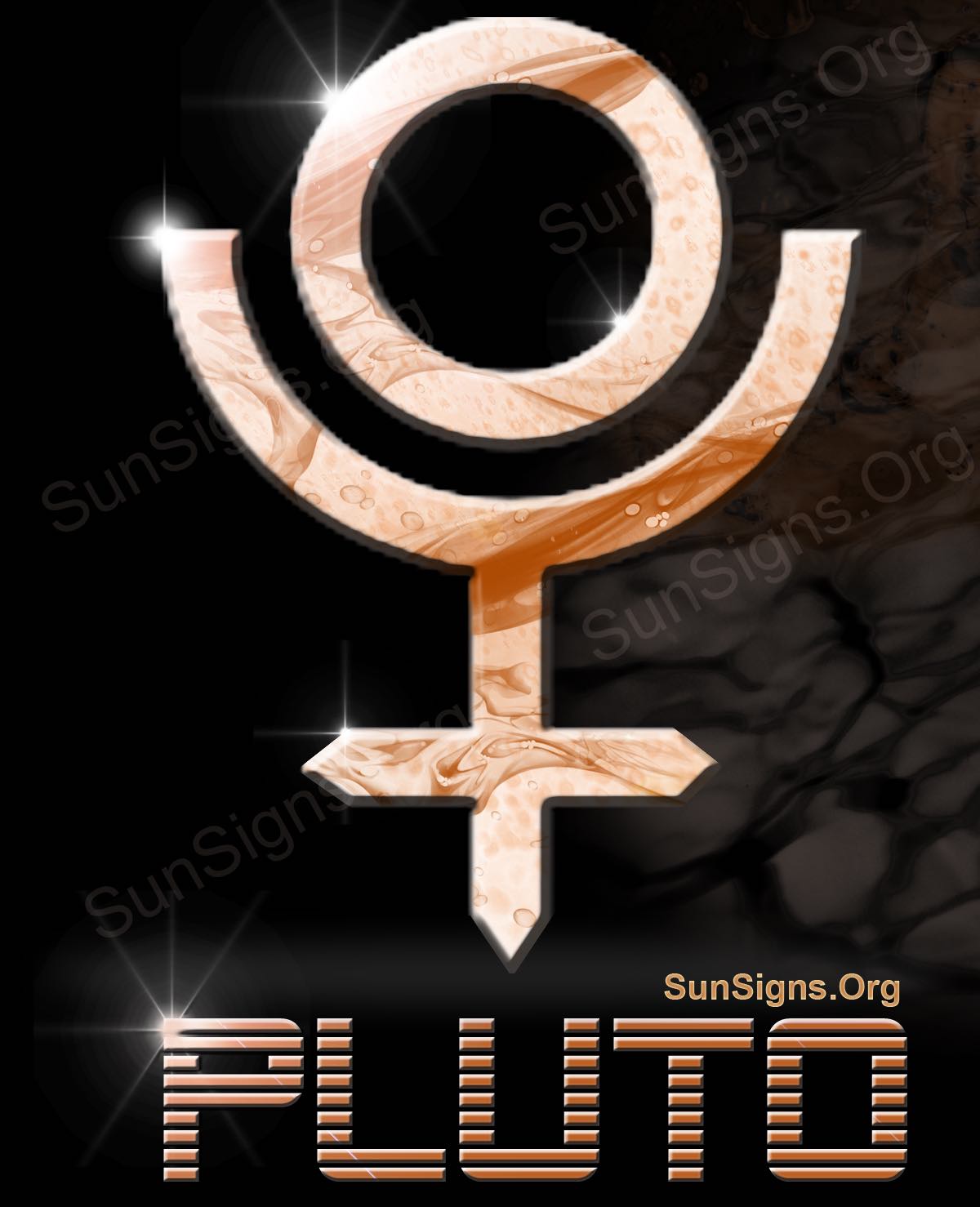
This makes some sense, because Hades (Pluto) was the brother of Poseidon (Neptune), and Hades was sometimes represented holding a trident (something for his three-headed dog Cerberus to play with?).
Here’s Ralph Fiennes (taking a break from being Lord Voldemort) as a suitably miserable Hades, from the movie “Wrath of the Titans”, with a two-pronged trident:

It’s more accurate than this bizarre image:
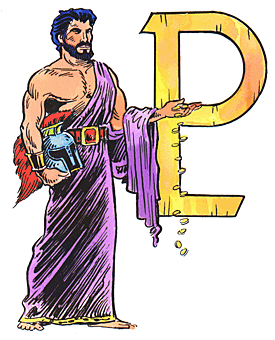
There’s no shortage of explanations for the meaning of Pluto’s astrological symbol on the various astrological sites:
it combines the circle (spirit) over the crescent (receptivity) and the cross (matter). This glyph suggests spiritual receptivity to “superworlds” or the superconscious, placed above the physical world. Pluto represents subconscious forces, ruling all that is “below the surface”. On the up side, Pluto is associated with renewal and rebirth. It represents endings and new beginnings, as well as spiritual growth and rebirth. Negative expression of Pluto is an obsessive desire for power and control and general destructiveness.
You’ll most likely find this glyph in one of the specialist astrological fonts. These often predate the Unicode-rich fonts we see today. Here’s the design from shareware font Astro.ttf by the aptly-named Cosmorama Enterprises (dated 1993):

The most pleasing versions of both Pluto symbols I’ve found in my font library are from the font called Astrological, designed by Peter Rempel in 1998:
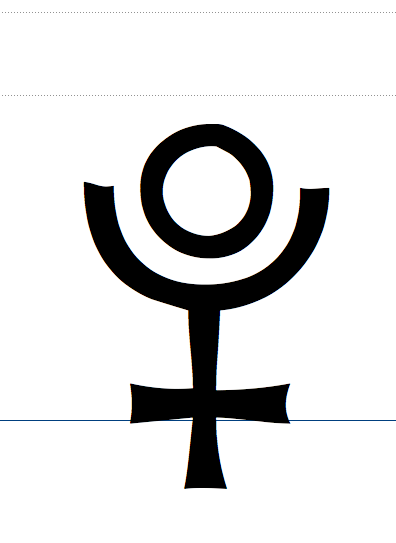

I’m not sure whether the New Horizons spacecraft, soon to arrive at Pluto, bears either of the Pluto symbols. But, in keeping with the theme of death and the underworld, there’s a tiny sample of Clyde Tombaugh’s ashes attached to the side:
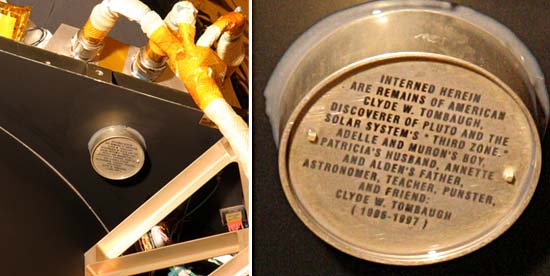
📡
Epilog: 15th July 2020
Much has happened since the New Horizons spacecraft flew past Pluto on July 14, 2015, at 11:49 UTC. We've seen amazing pictures of Pluto and its five moons, and it turns out that Pluto is geologically active, and may even have a liquid ammonia/water ocean underneath the icy surface, which might even harbour life. For a planet named after the Roman god of the underworld, that's almost a resurrection.
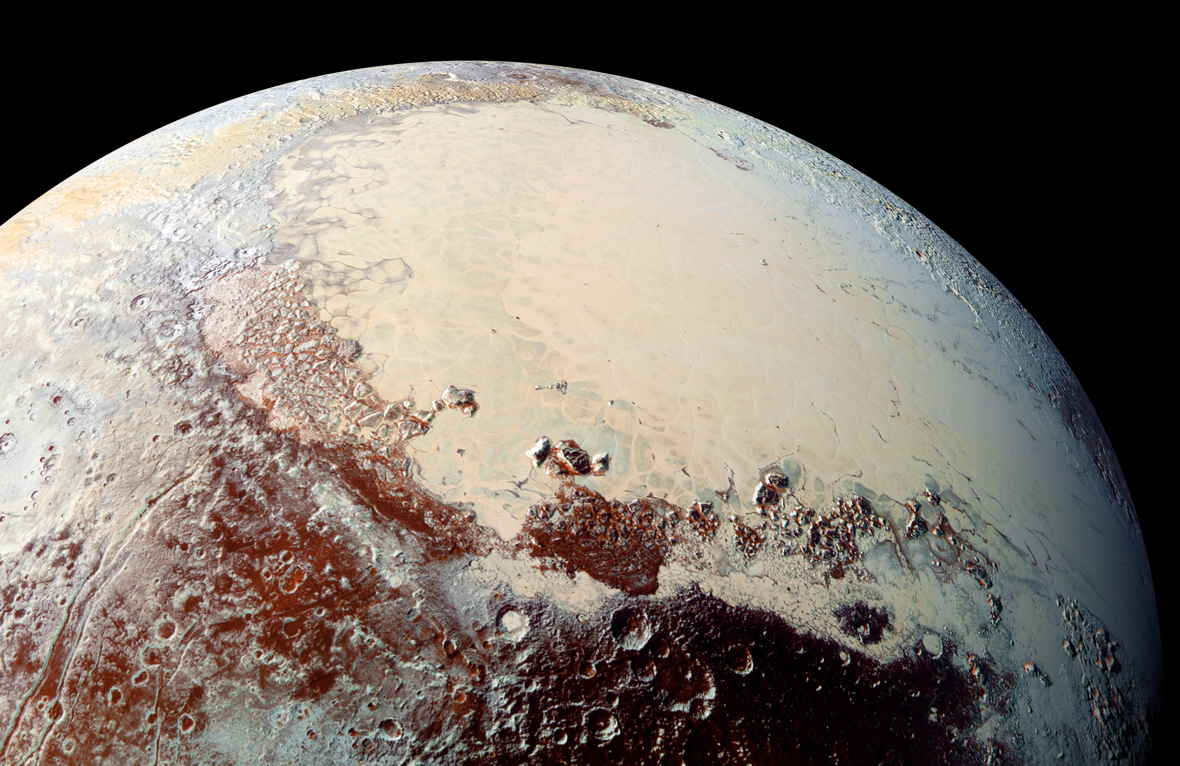
Back here on earth, the Unicode consortium have (since this post was first published) added four new symbols for Pluto.
Five, if you include 2bd7, which is described as TRANSPLUTO.
These are all classified as astrological symbols. If you want explanatory text, here's something from the Uranian Institute:
Somewhat like the Neptune glyph, but with a circle of spirit within the upward crescent, Pluto indicates a receptivity to other worlds. Recent astronomical discoveries imply that Pluto might be a visiting centaur-like object that has been brought temporarily into orbit around our Sun, and it builds a bridge to other solar systems and realities. It gives us the power to transform into new ways of life. If the cross outweighs the crescent, we risk losing sight of the purpose of the transformative energies and become obsessed with power for its own sake, or to bolster our egos. If the upward crescent and circle outweigh the cross, we run the risk of detachment from reality or even psychotic episodes. Pluto also introduces us to the outer gaseous Transneptunians, which were long considered to be "unreal", and in a way symbolize a new level of reality. The older Pluto glyph contains the first two letters of Pluto and, coincidentally, the initials of astronomer Percival Lowell, in this way credited for its discovery. The 3rd Pluto, glyph used widely in northern Europe, a doubled upward crescent directed toward the circle of spirit, emphasizes more strongly the receptiveness toward vital stellar energies filtered through the superconscious and through the perceptiveness of Pluto; this symbol also happens to resemble the crown on the head of Isis. A 4th symbol for Pluto starts with primal subconcious vitality crowned by the cross of matter on the conscious level with two crescents above, pointed downward. This glyph implies a taming of vital primal energies through conscious practical efforts and understanding, with receptiveness from the superconscious; the twin crescents perhaps indicate the need for a balance of left-brain rational and right-brain intuitive perceptions, integrated, in order to maximize the potential of this planetary energy. What is remarkable about the variations in the Pluto glyphs is that they correlate with the varying perspectives on Pluto that are shown in the literature that is available to us through the various cultural filters and languages.
You'll also find the astrological symbols for Eris (⯰⯱) and Sedna (⯲).
It's all enjoyable nonsense, of course, but fortunately the Unicode consortium doesn't discriminate against symbols that aren't based on rational thought... If a symbol is used (and these are) for any purpose, it's got a chance of being included in the Unicode standard.

